Veterinary staff of Dakrong district instruct people on how to use chemicals to spray disinfectants to disinfect the livestock environment - Photo: VTH
The disease occurred in a flock of 3,500 ducks owned by Mr. Doan Cuong in Tram Ly village, Hai Quy commune, Hai Lang district with symptoms such as convulsions, high fever, diarrhea with white-green stools, swollen head, and membrane-covered eyes. A specialized agency performed an autopsy and found lesions on the liver and heart. The test sample was determined by the Veterinary Department of Region III to be the cause of the ducks' deaths due to avian influenza A/H5N1.
The Hai Lang District Animal Husbandry and Veterinary Station coordinated with the Hai Quy Commune authorities and the Provincial Animal Husbandry and Veterinary Department to urgently destroy the entire flock of ducks belonging to Mr. Doan Cuong's household, and at the same time, disinfected the breeding area and surrounding areas to destroy pathogens to prevent the disease from spreading and spreading. The relevant agencies and local authorities also reported on the epidemic situation, closely monitored the remaining poultry flocks of Hai Quy Commune; strictly prohibited the purchase, sale, transportation, and slaughter of poultry in the epidemic area until the epidemic stabilized.
The District Animal Husbandry and Veterinary Station promptly reports and handles any poultry showing signs of disease; assigns technical staff to monitor, supervise, and handle outbreaks; conducts a review and statistics of the total poultry herd to organize vaccination against avian influenza to surround the outbreak from April 8-15, 2025.
The District Animal Husbandry and Veterinary Station also advised the District People's Committee to issue a document urgently directing measures to prevent and control avian influenza, organize influenza vaccination for poultry flocks in the entire district, especially in high-risk communes with old outbreaks, organize sanitation, disinfection of barns; strengthen inspection and supervision to detect epidemics early and handle them promptly and thoroughly to avoid widespread spread.
Avian influenza is one of the diseases that spreads rapidly. In particular, the current weather is quite favorable for diseases in livestock to arise and spread widely. Avian influenza can be transmitted to humans and is very dangerous. Therefore, along with the efforts of the functional sector and local authorities to control the epidemic, people also need to implement good measures to prevent and control avian influenza, especially livestock farmers need to comply with regulations in livestock farming to ensure disease safety.
Avian influenza occurs in chickens, ducks, geese, wild birds... The transmission period is about 3 - 7 days, the incubation period is 1 - 3 days. Symptoms of animals with influenza are: trembling, shaking head or lying in groups; respiratory symptoms include: coughing, wheezing, swollen head, runny nose, pale comb, subcutaneous bleeding, loose white or greenish-white stools... In cases where the virus is highly virulent, it can kill the entire flock.
The disease spreads through direct contact between poultry in the same flock or through poultry excrement, farming tools, means of transport from diseased areas... Poultry farmers prevent disease by vaccinating poultry and implementing biosecurity in farming to prevent the invasion of pathogens such as viruses, bacteria...
Poultry cages must ensure appropriate area, far from other animal cages, far from residential areas, major roads and public areas such as markets, animal slaughterhouses, schools, hospitals... In the livestock farm, it should be divided into functional areas such as: hatching area, chick area, pullet area, laying hens, especially there must be a quarantine area for newly imported poultry. For free-range chickens, it is recommended to use nets to enclose the area to facilitate cleaning, disinfection and sterilization.
Quarantine and control newly imported poultry for at least 14 days. Import or export flocks should be imported or exported at the same time, not raised in overlapping batches to make it easier to clean and disinfect the barn after each sale of poultry.
Restrict outsiders from entering the poultry farm area and take measures to prevent wild animals from entering the poultry farm area. Each livestock area must have its own tools, equipment, feed, and drinking water. Do not bring poultry and poultry products from outside into the farm. Clean and disinfect vehicles transporting poultry feed into the farm or transporting poultry out of the farm.
Once a week, clean and disinfect the entire barn area, clear the area, sprinkle lime powder, spray disinfectant, collect and thoroughly treat waste, and bury bedding. Livestock equipment must be cleaned daily with disinfectants.
When poultry in the flock is sick or dead, it must be reported immediately to veterinary staff and local authorities. Do not sell or eat sick poultry, do not throw dead poultry and waste into the environment, especially do not throw it into sewers, ditches, ponds, etc. Vaccinate poultry against disease, 14 days after vaccination, if the poultry is healthy, then it can be slaughtered or sold.
Proactively preventing and controlling avian influenza with synchronous measures will effectively limit the outbreak of poultry epidemics, not only helping to reduce losses in livestock farming, bringing high economic efficiency but also protecting the livestock farming environment, contributing to protecting human health.
Vo Thai Hoa
Source: https://baoquangtri.vn/chu-dong-phong-chong-dich-cum-gia-cam-192859.htm


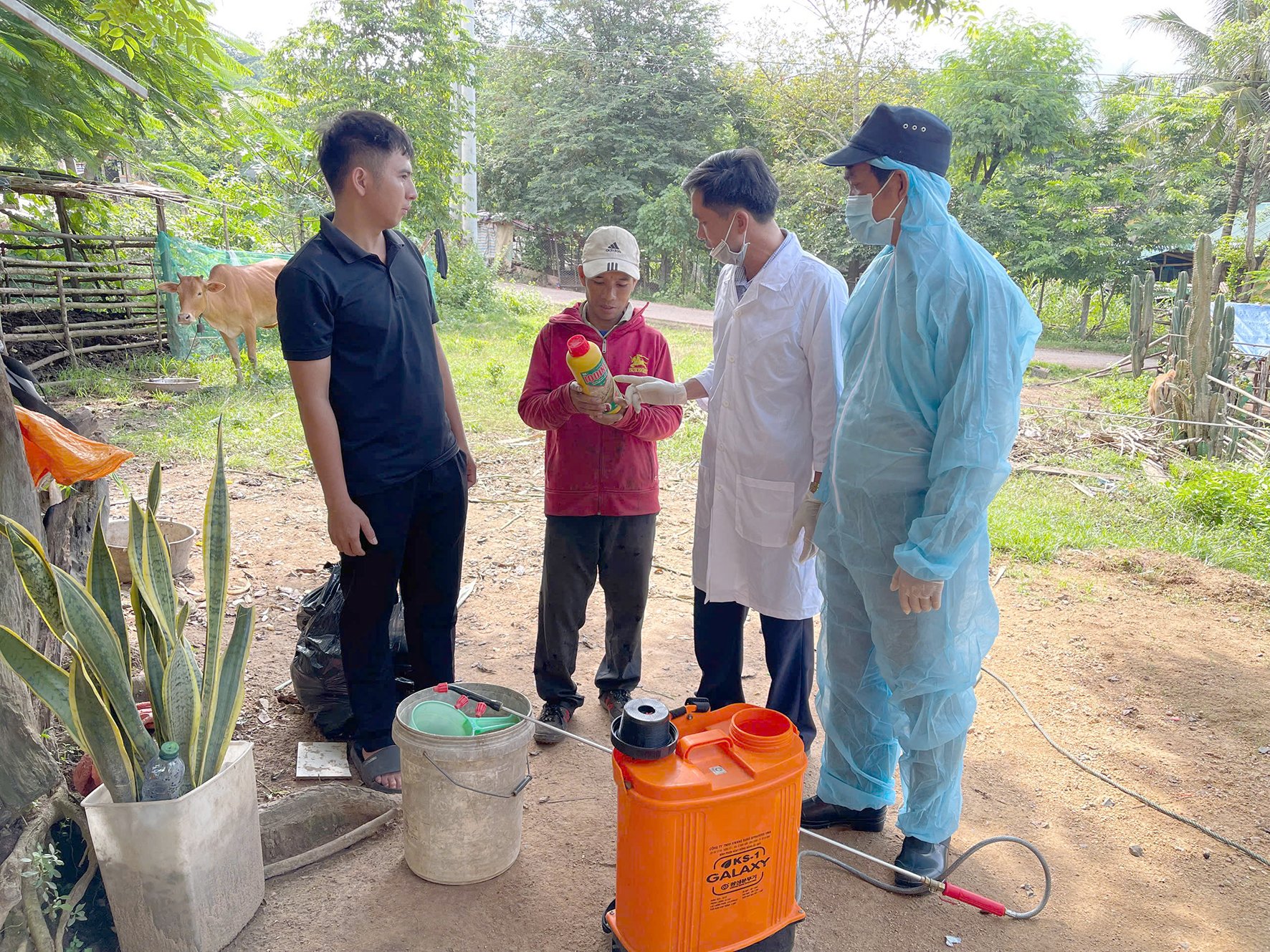


![[Photo] Closing of the 11th Conference of the 13th Central Committee of the Communist Party of Vietnam](https://vstatic.vietnam.vn/vietnam/resource/IMAGE/2025/4/12/114b57fe6e9b4814a5ddfacf6dfe5b7f)

![[Photo] Overcoming all difficulties, speeding up construction progress of Hoa Binh Hydropower Plant Expansion Project](https://vstatic.vietnam.vn/vietnam/resource/IMAGE/2025/4/12/bff04b551e98484c84d74c8faa3526e0)

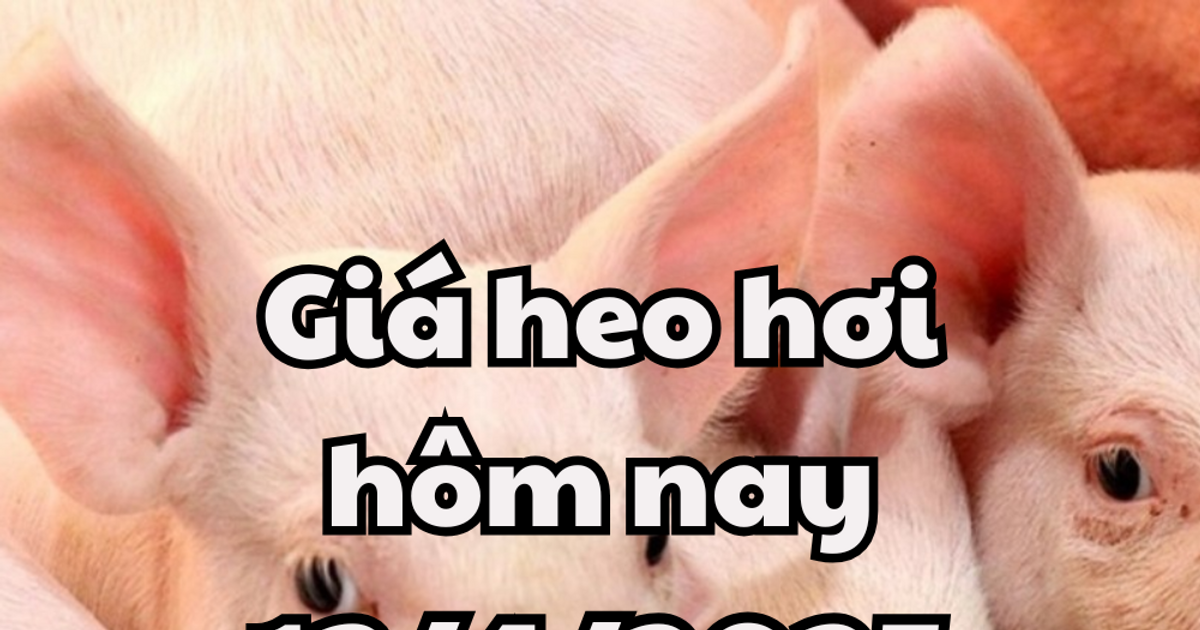
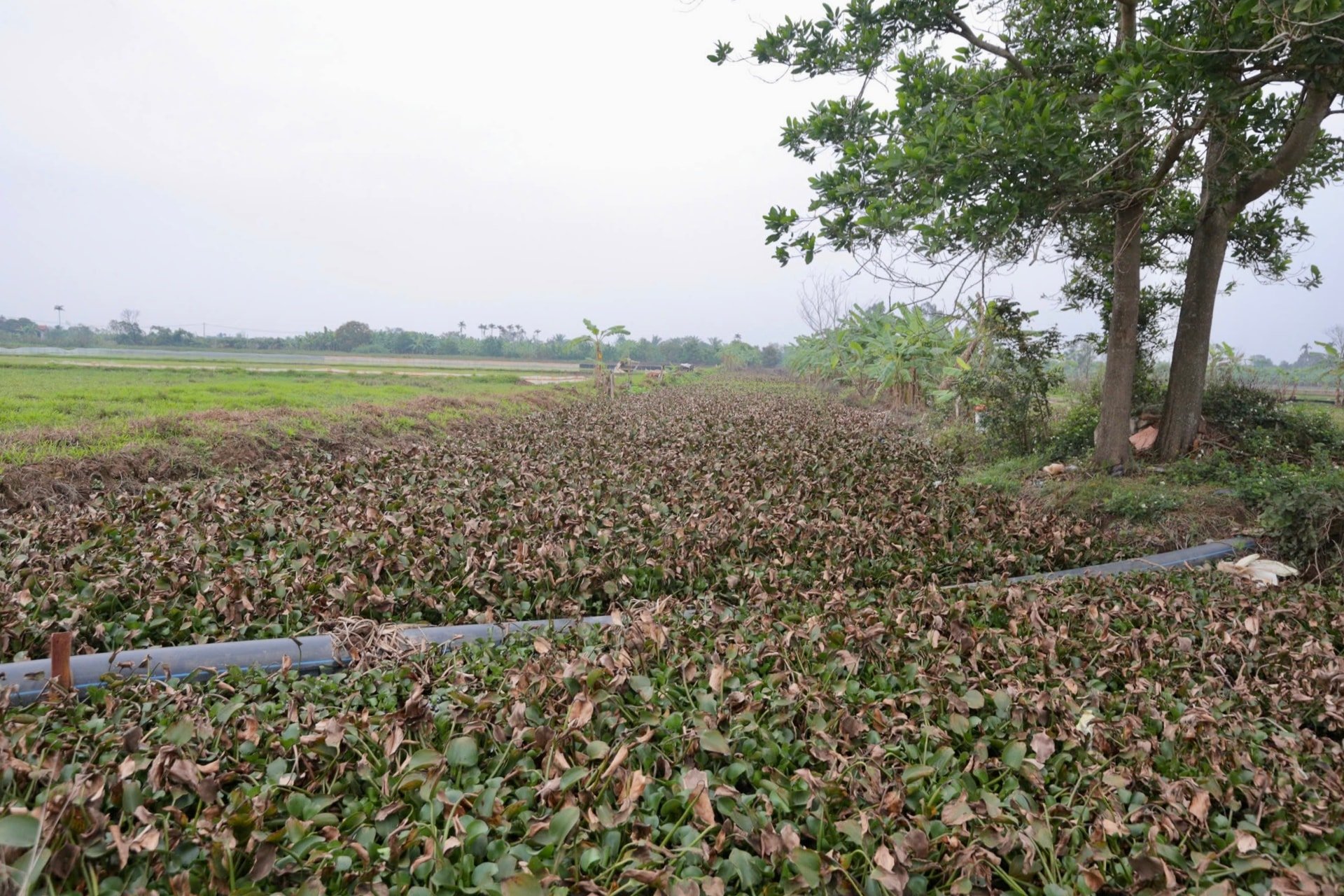
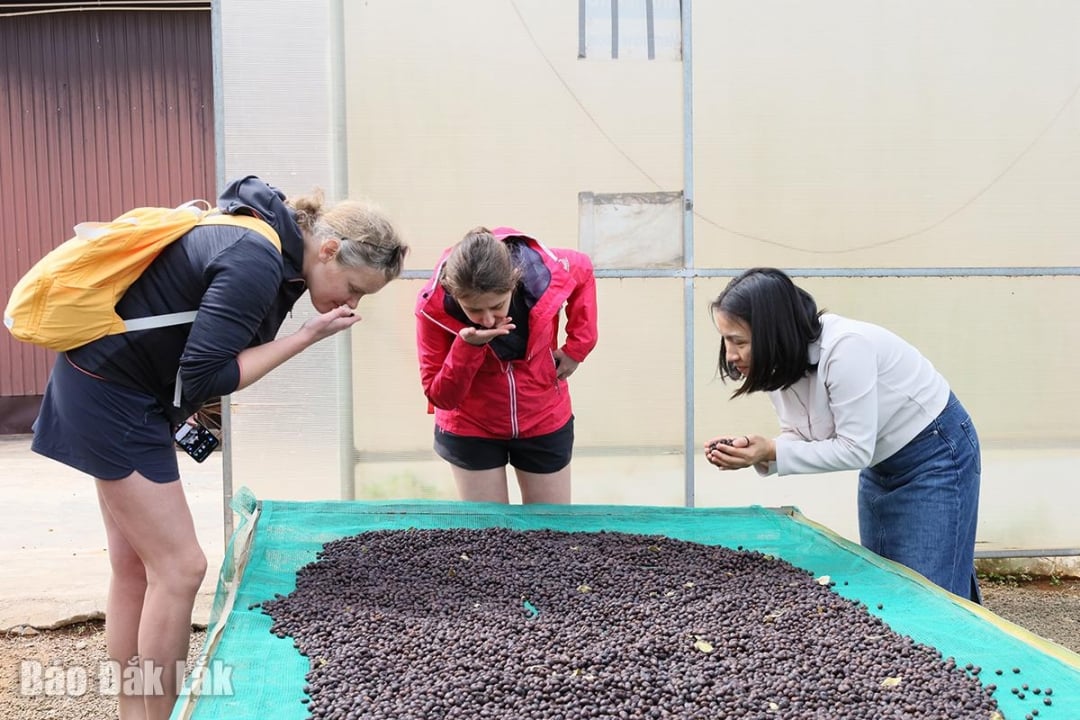


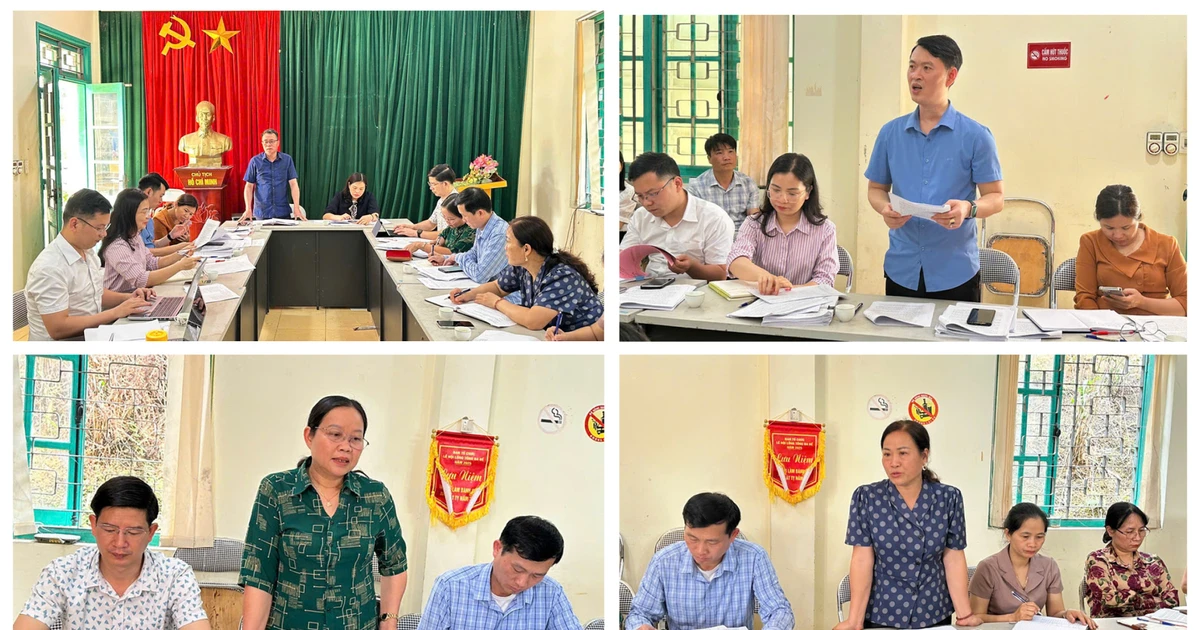

























































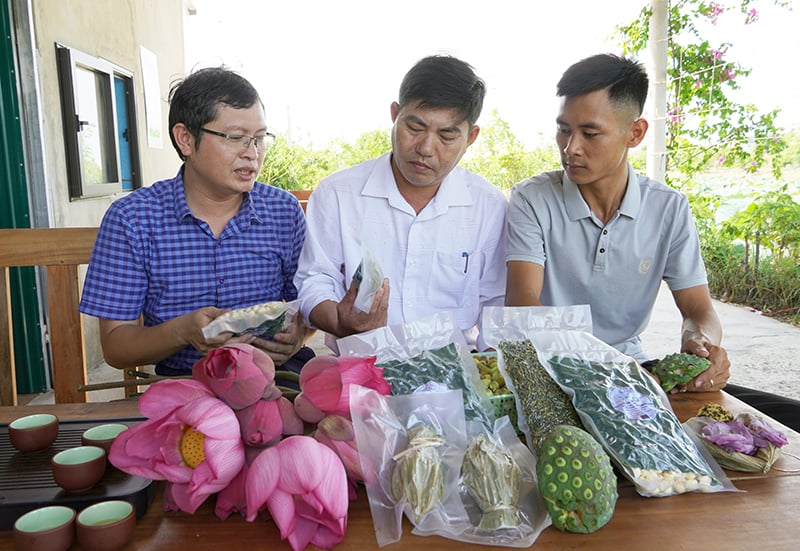
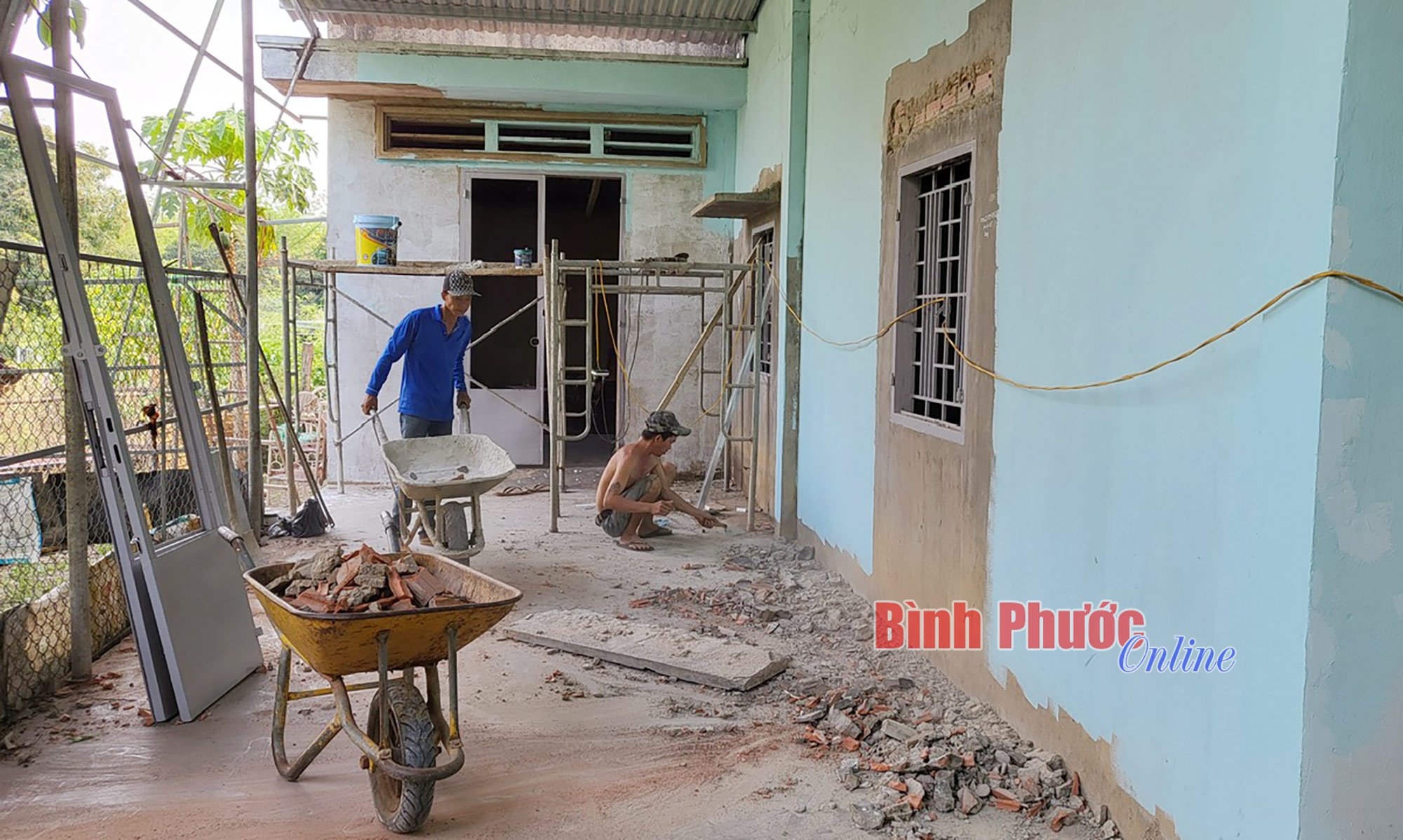














Comment (0)